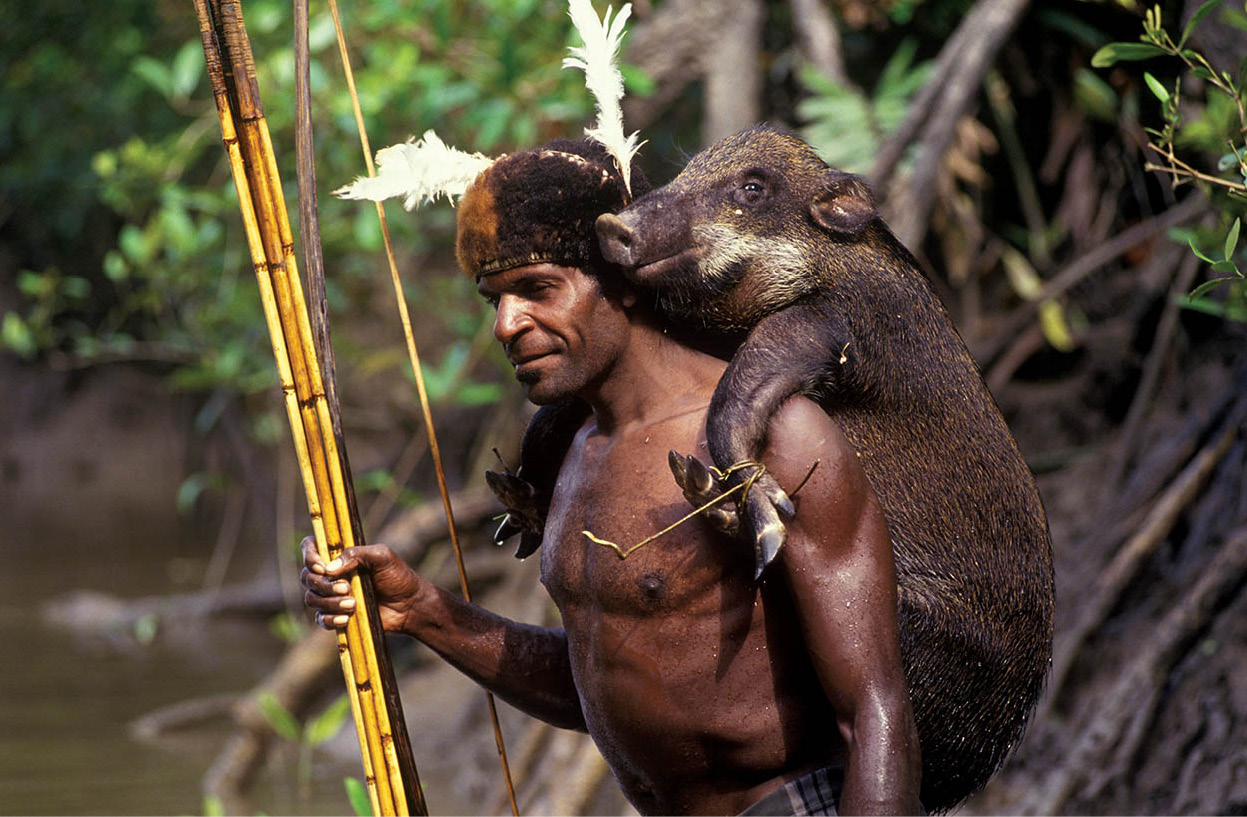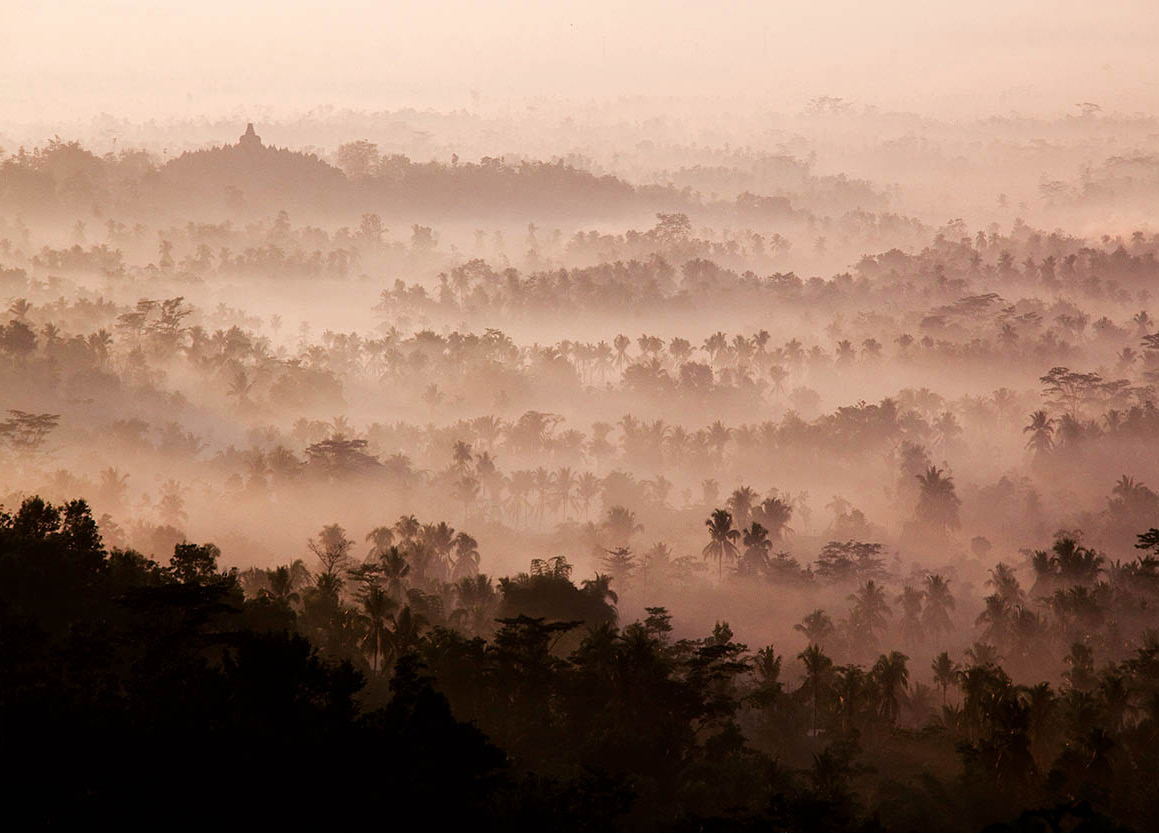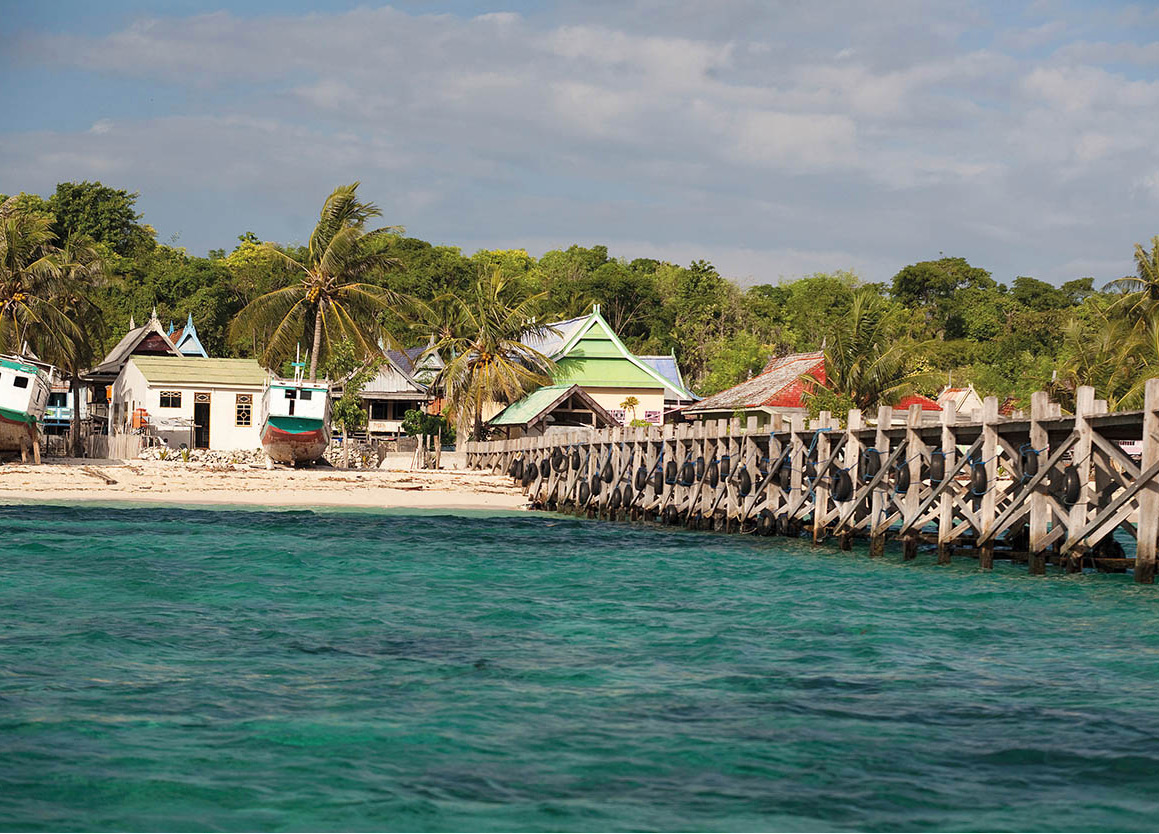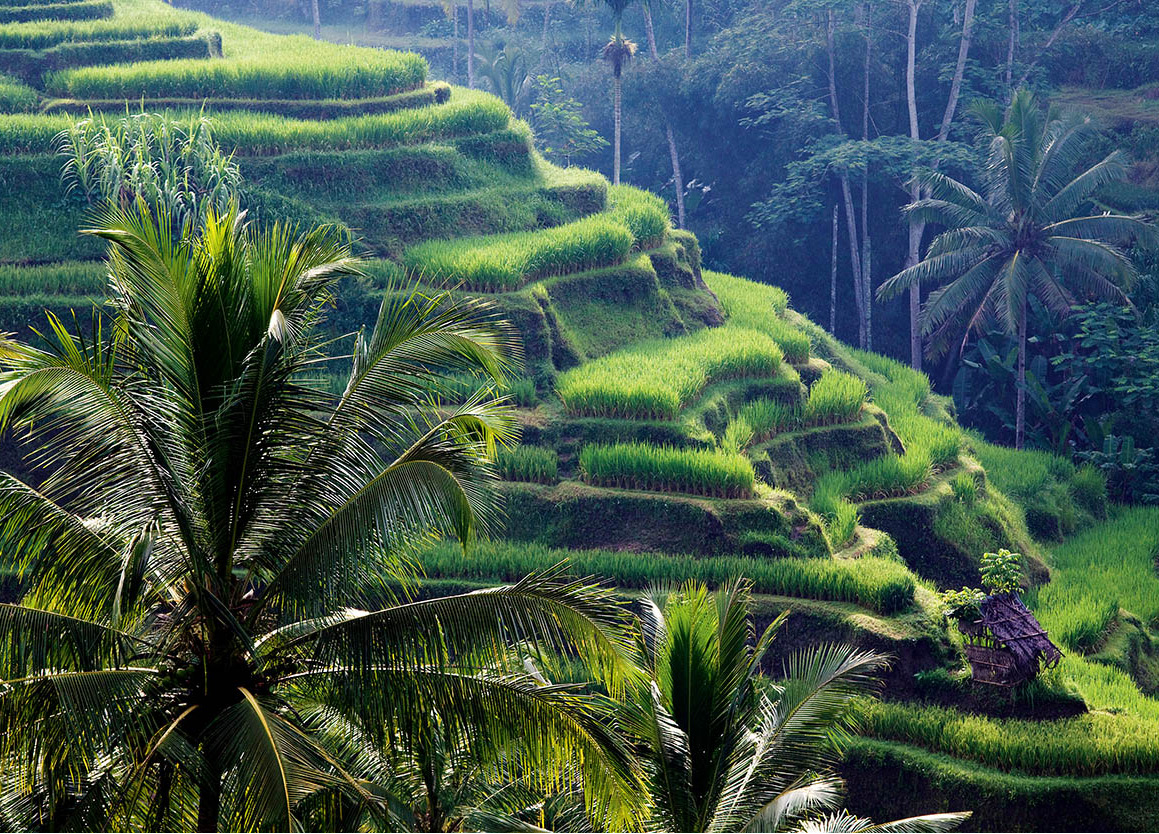The United Nations has listed eight of Indonesia’s natural and cultural wonders as United Nations Educational, Scientific and Cultural Organisation (Unesco) World Heritage sites, one of which, in Sumatra, is earmarked as a Natural Heritage in Danger.
The Buddhist Borobudur monument (for more information, click here) in Central Java, built from around AD 788, was ‘rediscovered’ in 1814 buried in volcanic ash. Its restoration was completed by Unesco and Indonesia between 1973 and 1983.
Prambanan (for more information, click here), also in Central Java, is the largest Hindu temple complex in Indonesia. Completed in AD 856, some 244 temple remains are still found in the outer compound.
Ujung Kulon National Park (for more information, click here), West Java, has fewer than 50 endangered Javan (Lesser) one-horned rhinoceros and Java’s largest lowland rainforests, housing hornbills, deer, wild boar, black panthers and green turtles. The offshore Krakatau island is part of the park.
Komodo National Park (for more information, click here) in Nusa Tenggara is primarily the home of the protected 2,740 carnivorous monitor lizards known as the Komodo dragons.
Lorentz National Park, Papua (for more information, click here), the largest protected area in Southeast Asia, is one of the few areas in the world to have snow-capped mountains in a tropical environment. Its extraordinary biodiversity supports rare animals such as the spotted cuscus.
In 2011, three of Sumatra’s national parks were named Tropical Rainforest Heritage of Sumatra for their great potential for long-term conservation of the distinctive and diverse biota. Sadly, it also bears the label ‘World Heritage in Danger’.

Lorentz National Park is home to numerous isolated tribes, including the Amungme, Western Dani, Nduga, Ngalik, Asmat (Sempan, Komoro), Mimika and Somohai. It is one of the most ecologically diverse national parks in the world.
Photoshot
Sangiran Early Man Site


